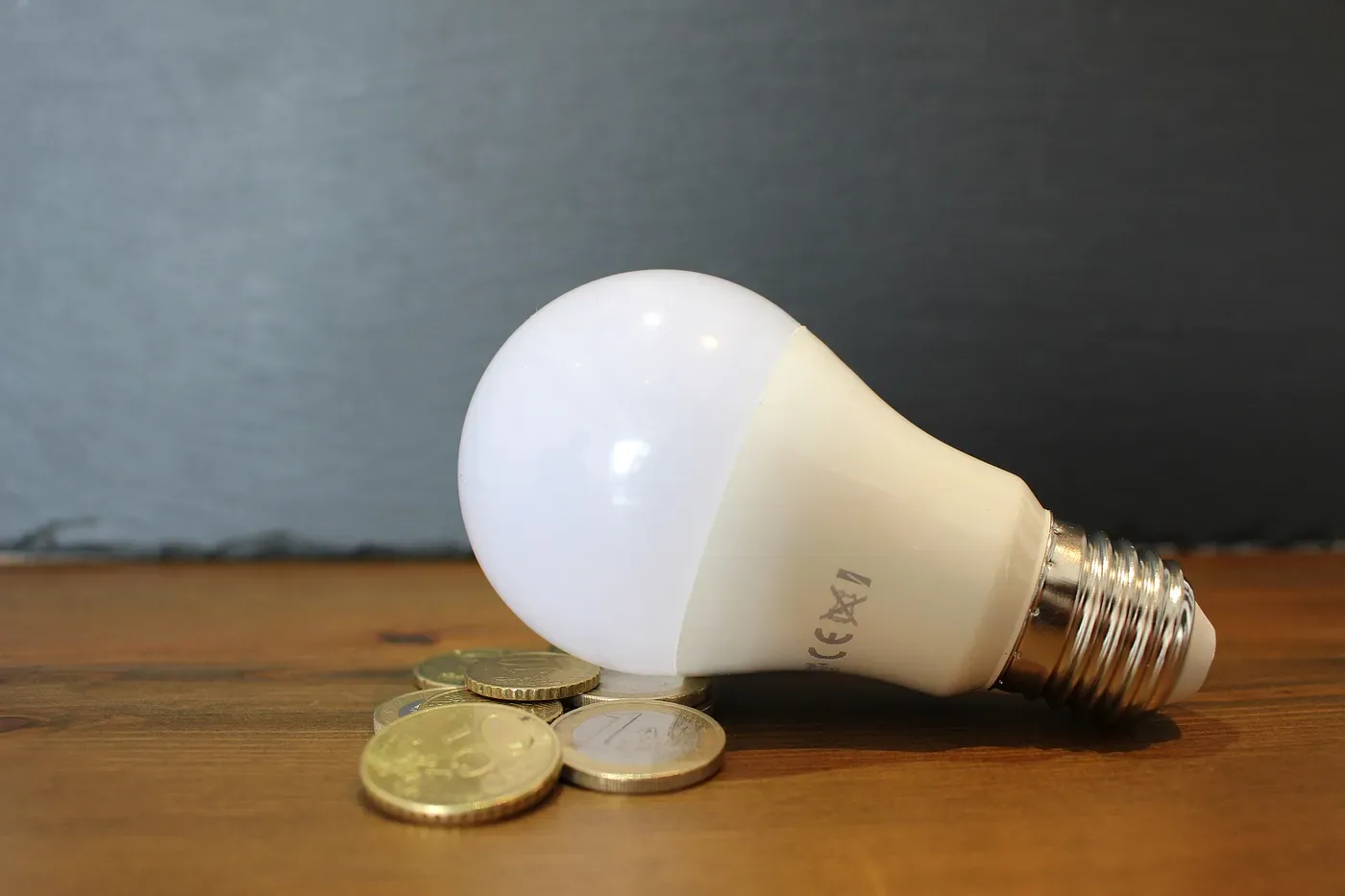Every day we hear about falling prices for solar & wind and a few of us are even planning to integrate solar to their rooftops to reduce our energy bills.
If this is the case, why do we see energy bills rising not just in India but across the world?
One simple answer is the rising energy demand, especially in developing countries, where it is growing by 8–10% every year or doubling in the last decade.
However, the phenomenon of rising energy prices is not just being observed in developing countries but also in developed countries. Why is it so?
The world as we know, is switching to renewables. But in the process of switching to cleaner sources of energy, we also have to look at rising energy demand globally which stands around 3% every year.
So, it is the job of different countries and their policies to make sure the added renewables don’t just replace fossil fuels but also address the rising demand.
A switch to renewables is not as easy as it sounds because if you consider solar or wind, it takes time to acquire land, process relevant environmental clearances and most importantly set up systems which can store the variable energy generated.
The most important aspect here is the variable energy generated through renewables because if you take solar, you get power only during the day and for wind, it is all dependent on the availability of optimal wind speeds.
So, as this system takes shape, we have seen many governments and utilities procuring coal and natural gas in higher quantities, more than ever, to satisfy rising energy demand (we have previously covered India and Europe's energy situation).
OPEC which controls major supply decisions of crude oil and gas across the world has limited the production of crude oil which lead to a rise in prices. Also, with the Russia-Ukraine war, the prices for coal and natural gas spiked invariably during the last year.
What is the alternative?

Actions like the above require long-term planning and not just meeting demand for the next few months. It also calls for collaborative approach between utilities, consumers and government.
Another important thing is to understand why your utility is in a situation to increase tariffs.
Sometimes, utilities do it when they have a limited supply so that the demand gets reduced. But if it’s happening often, then that’s a glaring issue.
Major reasons have been explained above but a specific utility might have had bad long-term thinking in terms of preparing for rising demand, little/ no action plan wrt addition of renewables, freebies/ subsidies to certain sectors or types of usage that puts the utility under economic stress, inefficient grid maintenance which leads to high power loss during transmission or they could be under severe debt prolonged over years.
If any of the utilities combine factors like the above, it is highly possible that the utility could go down without any fiscal support. Also, it plays an important role for us as consumers to use only required energy, promote energy efficiency measures and keep an eye on our utility actions, isn’t it?
So, how do you think is the energy sector going to go about things? Do we still get to see rising energy prices in the future too?

